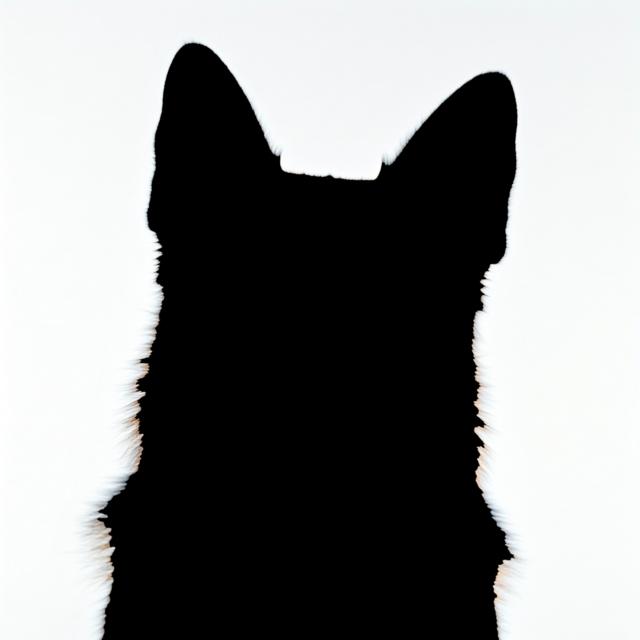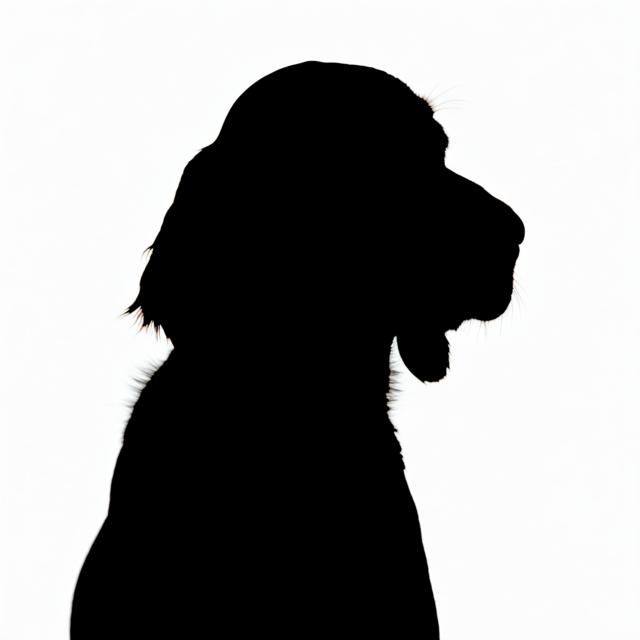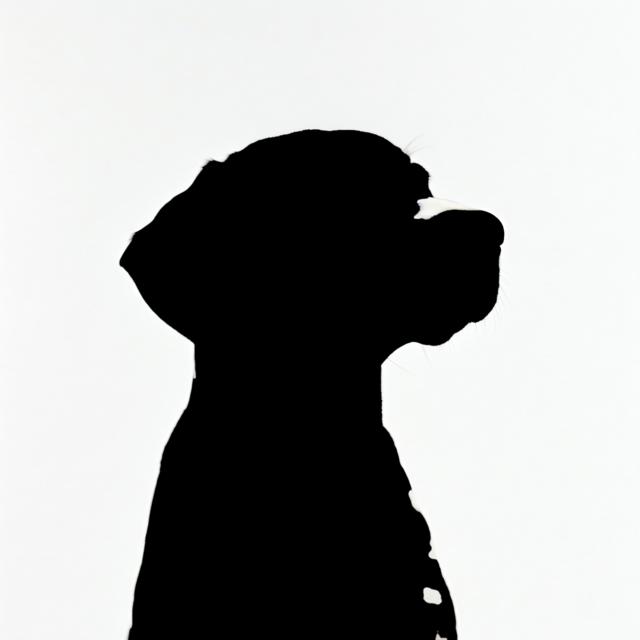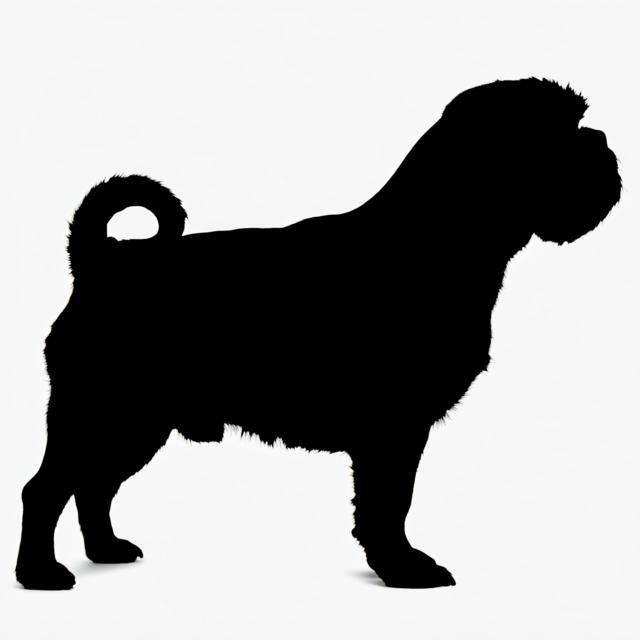Kromfohrländer
Kromi
 akc
akc fci
fci ukc
ukc



Summary
- The Kromfohrländer is a German companion dog known for its intelligence, affection, and playful nature, and it is a medium-sized dog with either a smooth or wirehaired coat. They are generally healthy, require moderate exercise, and are loyal to their families, though they can be reserved with strangers.
Origin and Purpose
- Developed in Germany after WWII from a mix of Wire Fox Terriers, Grand Griffon Vendéens, and possibly other breeds.
- Bred as a companion dog.
Appearance
Dimensions
| Gender | Height | Weight |
|---|---|---|
| Female | 14-17 inches (35-43 cm) | 22-33 pounds (10-15 kg) |
| Male | 15-18 inches (38-46 cm) | 24-35 pounds (11-16 kg) |
Coat
| Attribute | Notes |
|---|---|
| Color |
|
| Type |
|
| Length |
|
Care
| Attribute | Notes |
|---|---|
| Shedding |
|
| Grooming |
|
| Drooling |
|
Body
| Attribute | Notes |
|---|---|
| Head |
|
| Skull |
|
| Ears |
|
| Eyes |
|
| Nose |
|
| Muzzle |
|
| Teeth |
|
| Neck |
|
| Forequarters |
|
| Fore Legs |
|
| Hindquarters |
|
| Hind Legs |
|
| Feet |
|
| Tail |
|
| Gait |
|
Temperament
- Intelligent, affectionate, and playful.
- Can be reserved with strangers.
- Loyal to their family.
Social
| Attribute | Notes |
|---|---|
| Affectionate with Family |
|
| Good with Children |
|
| Good with Dogs |
|
| Good with Cats |
|
| Openness to Strangers |
|
| Playfulness Level |
|
| Protective Nature |
|
| Adaptability Level |
|
Working Roles
- Companion Dog
Exercise Needs
- Moderate; daily walks and play sessions are needed.
Health
- Generally healthy; some may be prone to patellar luxation and epilepsy
Additional Notes
- Relatively rare breed.
- May be sensitive to harsh training methods.
- Early socialization is important.